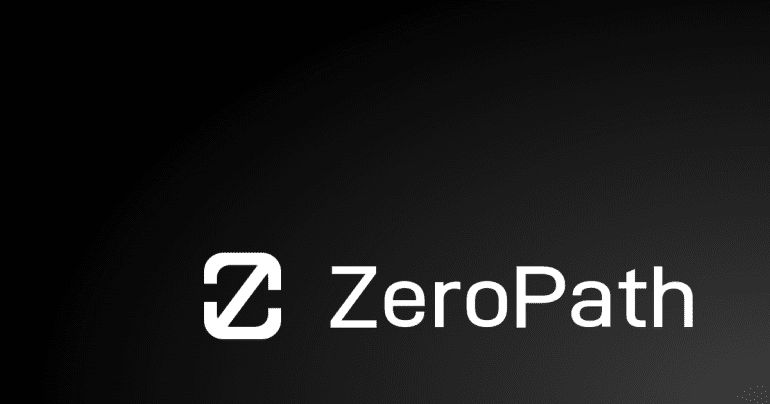- ZeroPath is a GitHub app designed to detect, verify, and issue pull requests for code security vulnerabilities.
- It integrates with existing Static Application Security Testing (SAST) tools to reduce time and cost of fixing vulnerabilities.
- ZeroPath uses advanced language models to minimize false positives and automatically generates fixes.
- The app can cut false positives by up to 85% and reduce remediation time by as much as 90%.
- Developers can use natural language commands with @zeropath-ai to interact in pull requests.
- It handles complex, multi-file updates and prevents SAST vendor lock-in.
- The tool provides a user-friendly experience for setting up and managing security scans.
Main AI News:
Securing software products continues to be a daunting task for businesses, largely due to the prevalence of false positives from existing Static Application Security Testing (SAST) tools and the frequent inability to address identified vulnerabilities effectively. ZeroPath, a revolutionary GitHub app, addresses these challenges by providing a comprehensive solution that detects, verifies, and issues pull requests to resolve security vulnerabilities in your codebase.
Unlike conventional tools, ZeroPath excels in not just identifying vulnerabilities but also validating them and delivering actionable fixes. By integrating seamlessly with existing SAST tools, ZeroPath significantly reduces both the time and cost associated with vulnerability remediation. Developers benefit from an enhanced workflow where they can interact with @zeropath-ai through natural language commands in pull requests, thereby allowing them to concentrate on core development activities without the distraction of manual security checks.
The operation of ZeroPath is straightforward yet sophisticated. Users start by integrating the app with their GitHub repository, enabling it to scan pull requests and source code for potential vulnerabilities. ZeroPath employs cutting-edge language models to drastically reduce false positives and automatically crafts fixes for the vulnerabilities it identifies. Additionally, it autonomously generates pull requests to address these issues, streamlining the remediation process.
ZeroPath’s standout features include its ability to eliminate up to 85% of false positives and its compatibility with existing SAST tools. By incorporating the @zeropath-ai tag into pull requests, vulnerability remediation time can be slashed by as much as 90%. The platform also supports natural language modifications for patches, which simplifies the update process. Importantly, ZeroPath safeguards against SAST vendor lock-in and efficiently manages complex, multi-file modifications.
Overall, ZeroPath represents a significant advancement in code security management. It transforms the approach to vulnerability detection and resolution by automating the entire process, thereby enhancing efficiency, reducing costs, and improving overall security for developers. This user-friendly tool simplifies security tool setup and management, making it a valuable asset for modern software development teams. With ZeroPath, developers can expect a streamlined, effective, and less costly solution to securing their codebase, marking a substantial leap forward in automated vulnerability management.
Conclusion:
ZeroPath represents a transformative advancement in code security management by automating vulnerability detection and resolution. Its integration with existing SAST tools and the ability to significantly reduce false positives and remediation time offer substantial improvements in efficiency and cost-effectiveness for developers. This innovation not only enhances the security of software products but also streamlines the development process, positioning ZeroPath as a crucial tool for modern software development teams. Its ease of use and advanced capabilities suggest that it will play a significant role in shaping the future of automated code security solutions, potentially setting new standards for the industry.

